|
|
This is Elizabeth (Betty) Ferrer in what is believed to be the new laboratories at Skinningrove Iron and Steel Works, after they moved out of the laboratories under the water tower on the cliff edge. Rodney Begg tells us: ”I first met Betty in 1963 when I joined Skinningrove Iron and Steel Works as a Junior Chemist and I think I joined the rest of the Junior Chemists in having a crush on her! I don’t think I ever saw her in the laboratory as such; she had her own little section next door to Mr. E. F. (Effie) Brown’s office, where I believe she performed water analysis on oil samples.”
Image courtesy of Elizabeth Ferrer.
This cutting was part of the article with the previous image, copyright Evening Gazette 20th June 1972. As usual the Gazette writer has forgotten that without the Steel Works ”scar” there would be no village, just a group of farms and outbuildings, and the coastal outline would have changed dramatically due to coastal erosion (Skinningrove used to tip slag over the cliff edge at Cattersty) and he wouldn’t be talking about the new Finishing Department anyway!
Image courtesy of Colin Hart.
This is an aerial view of Skinningrove works showing the new Finishing Departments nearing completion, it comes from an Evening Gazette article 20th June 1972.
Image courtesy of Colin Hart.
Somebody asked, in a comment; when the new Finshing Department buildings (green sheds) went up on Skinningrove? Colin Hart responded by telling me the date, so that I could answer the comment. He’s now sent cuttings from ”The Steel News” and ”The Evening Gazette”. This first one shows the first sods being cut by the oldest and newest employees of ‘Skinny’.
Image (copyright The Steel News) courtesy of Colin Hart.
Here’s a view of Skinningrove Iron Works looking in towards the Tarmac road gravel plant. Unless I’m mistaken it shows No. 1, No. 3 and No. 5 Blast Furnaces, but no Sinter Plant, so it’s after 1950 and before 1958. Derick Pearson adds: “This shows no 5 Blast Furnace, Bill Norman his website of the wartime bombing made this report: ’25 July 1941, 0125 hours. 1HE and 1UXB fell some 250yds from No.5 blast-furnace, Skinningrove Ironworks. 1HE also dropped near Low Farm, Brotton. In neither case were casualties or damage inflicted.’ For the unlearned HE means High Explosive Bomb and UXB refers to Unexploded Bomb.
Image courtesy of Bob Proctor, thanks to Derick Pearson for the update.
A good image of Skinningrove Iron Company; No. 5 blast furnace in the middle with the sinter plant to the right.
Image courtesy of Raymond Brown.
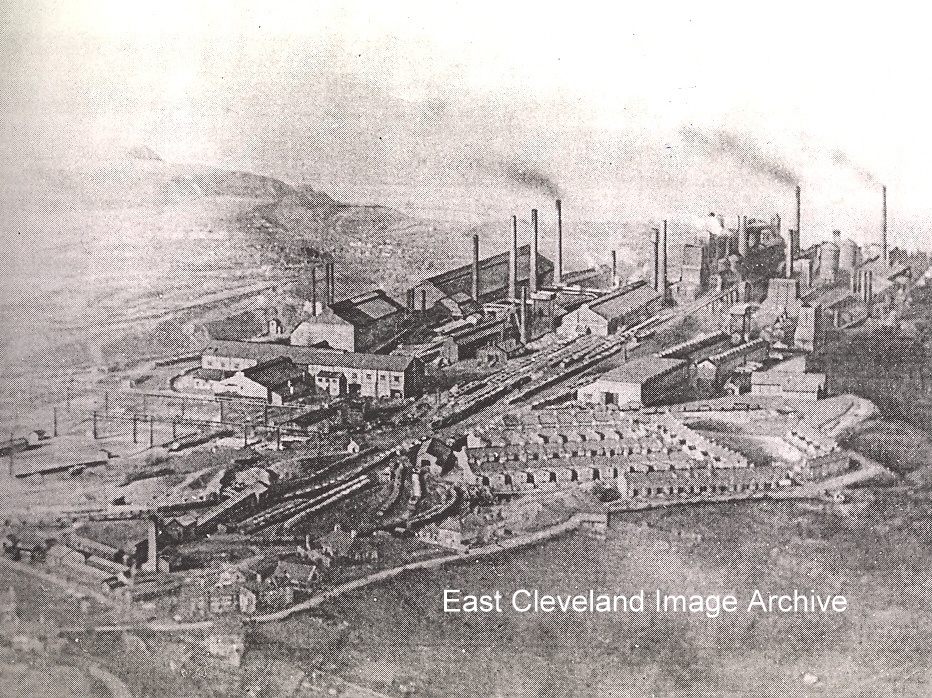
Here is an early aerial view of the works – dating from 1920 – more smoke in this image than in the others! Also of interest in this image, the buildings in the lower left of the view are of North Loftus mine.
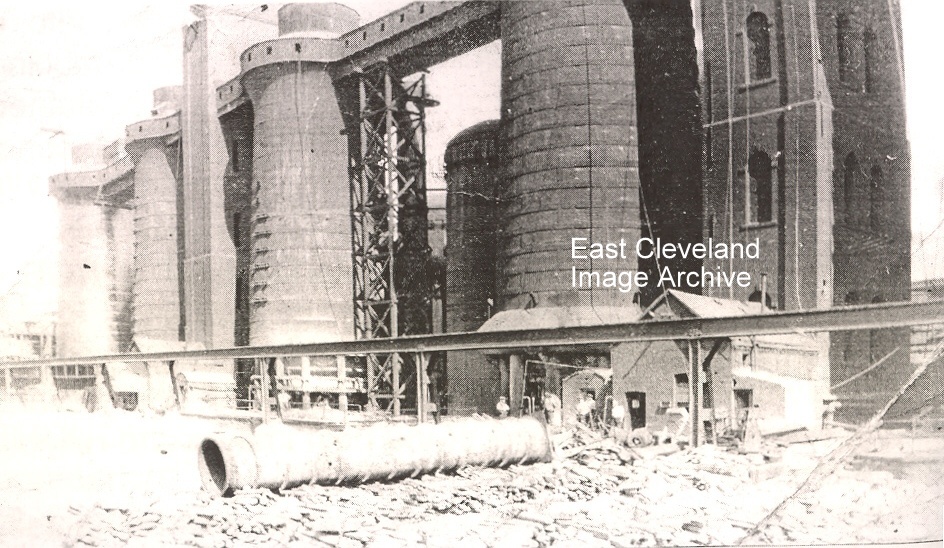
Not the shot of the blast furnaces that we usually see, but this shows more of the heaps of pig iron awaiting disposal; not sure what the large pipe section is though!
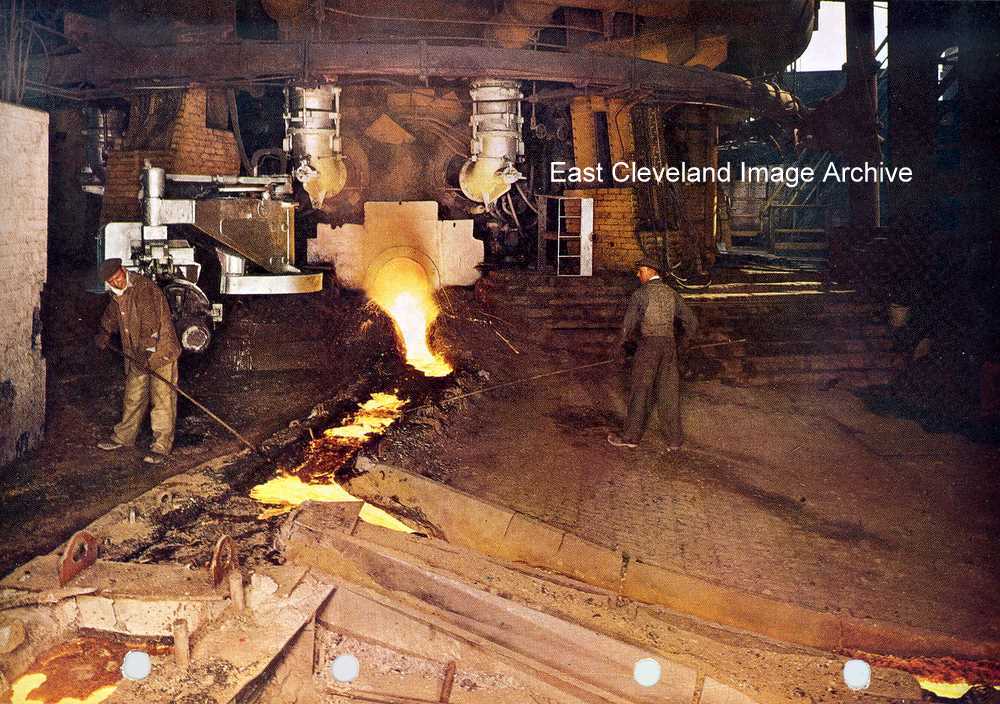
A modern view of a no. 5 casting; Bob Proctor tells us: ”If you ever wanted to view the inside of the furnace then you would use the eye piece, this is at the bottom of the silver goose-necks and looks like a protrusion. You would firstly make sure there was no leaking hot blast (500C) by moving your hand over the toughened glass eye-piece and then you could see through the blow pipe and tuyere into the heart of the furnace where the droplets of slag/iron cascaded down through the incandescent coke.” All working furnace-side wore blue glasses, otherwise their eyes would feel the pain! If possible using a sweat-rag, not their hand – 500C is not good for the skin! – but well-worth taking the precautions, it is a beautiful sight. The glass eye-piece (mica initially, then toughened quartz glass is called a pee-pee.
Thanks to Bob Proctor for the comment.
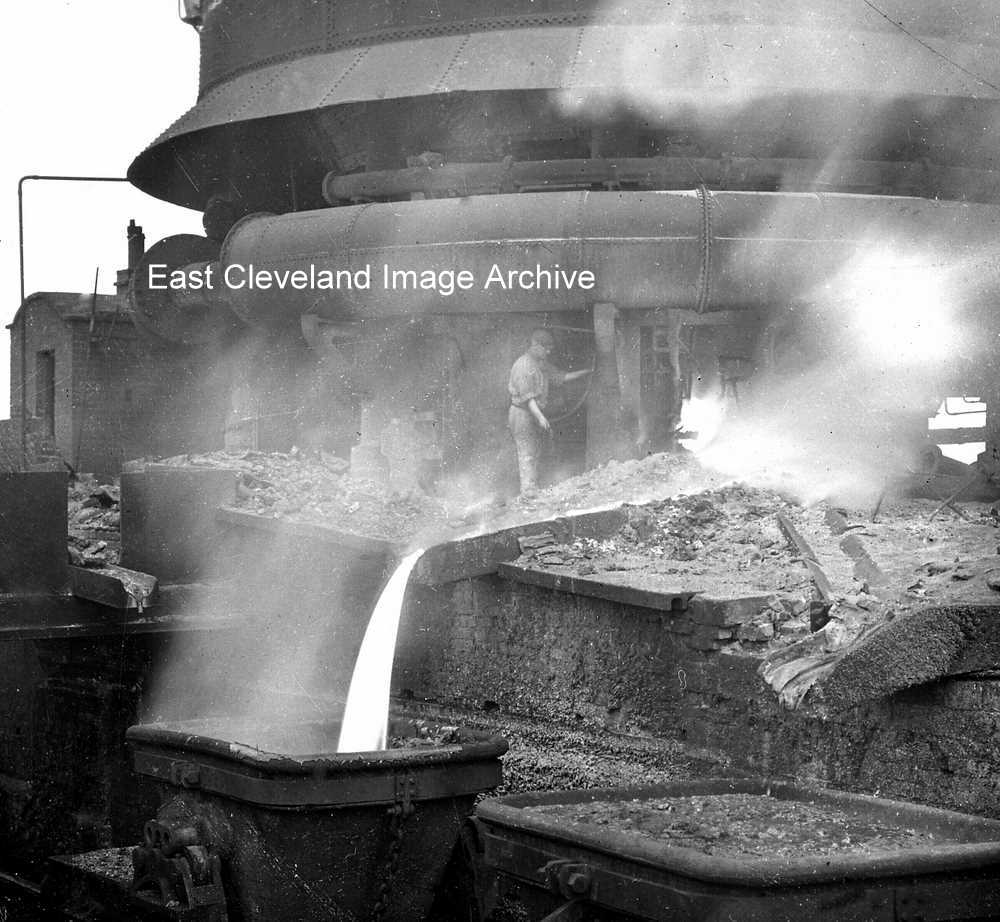
Here’s a slag pot being filled after the iron has been run off, does this brings back many memories?
|
|
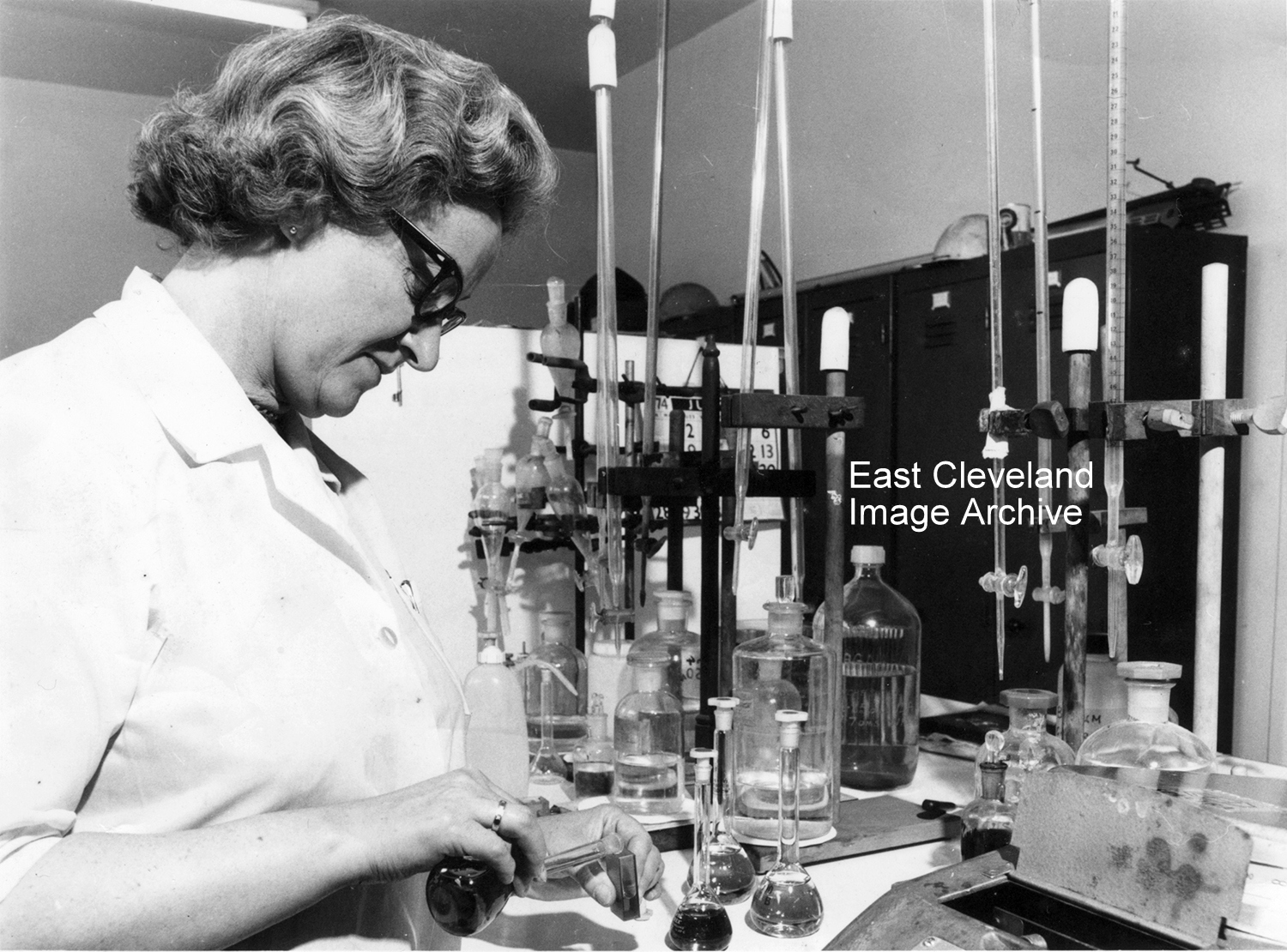
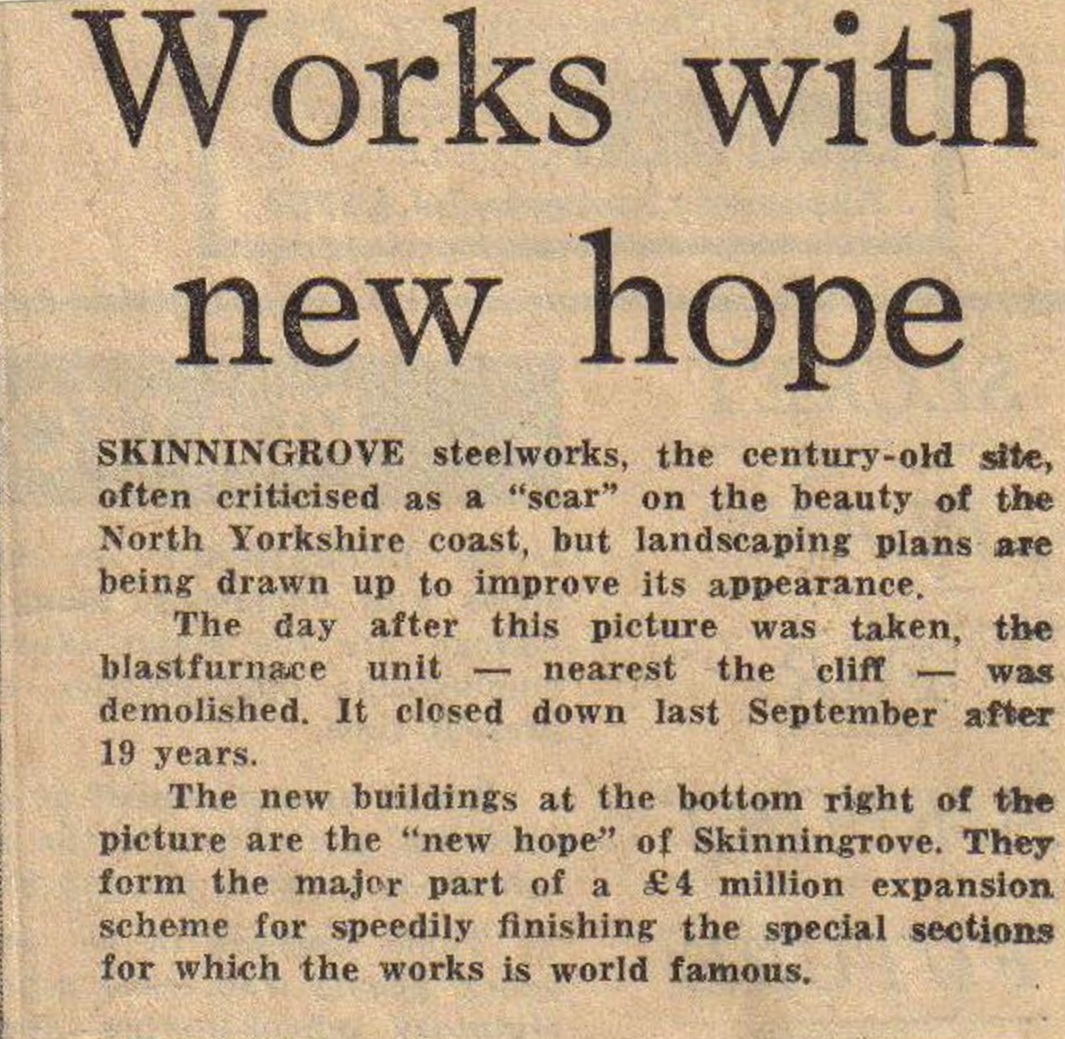
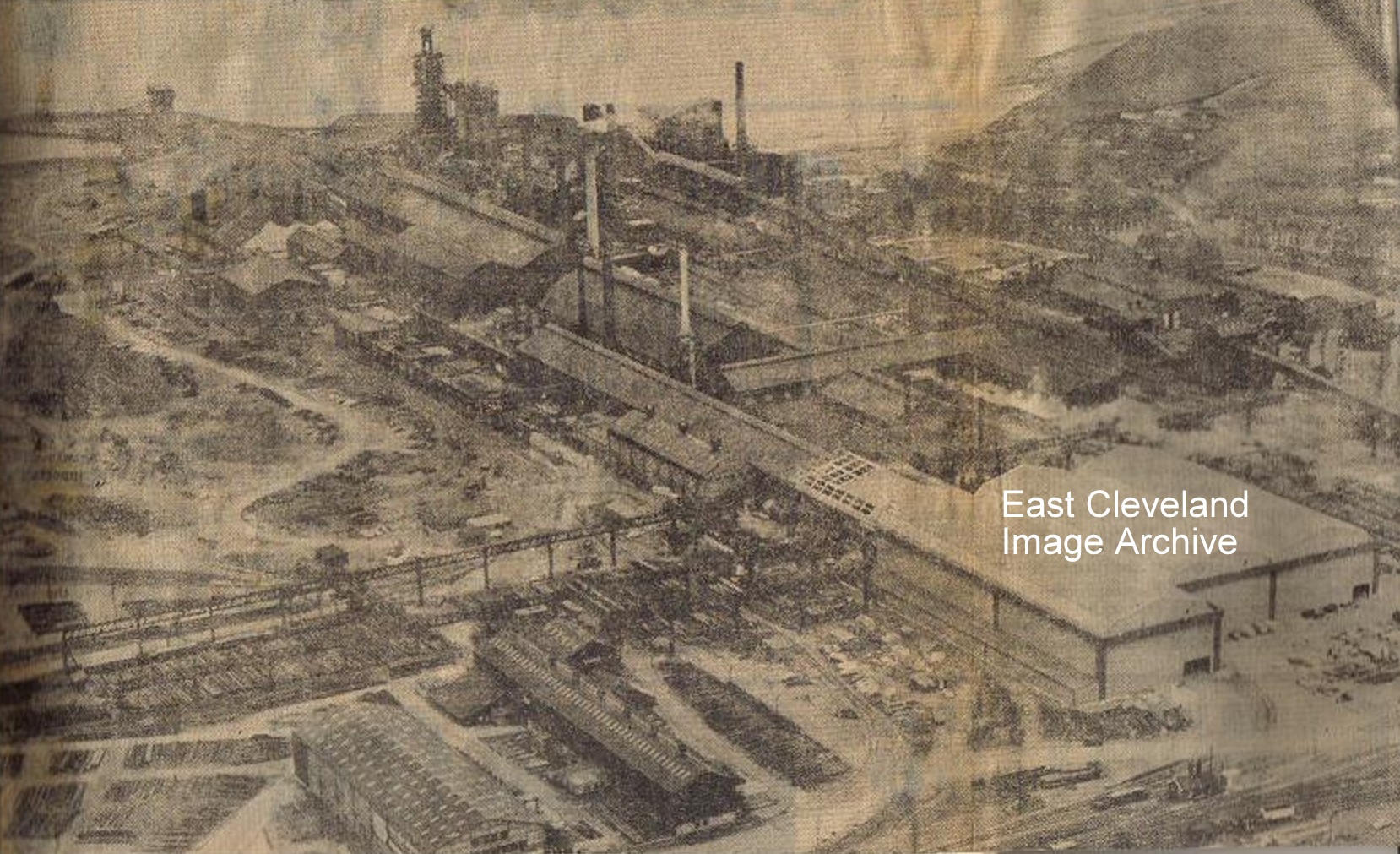
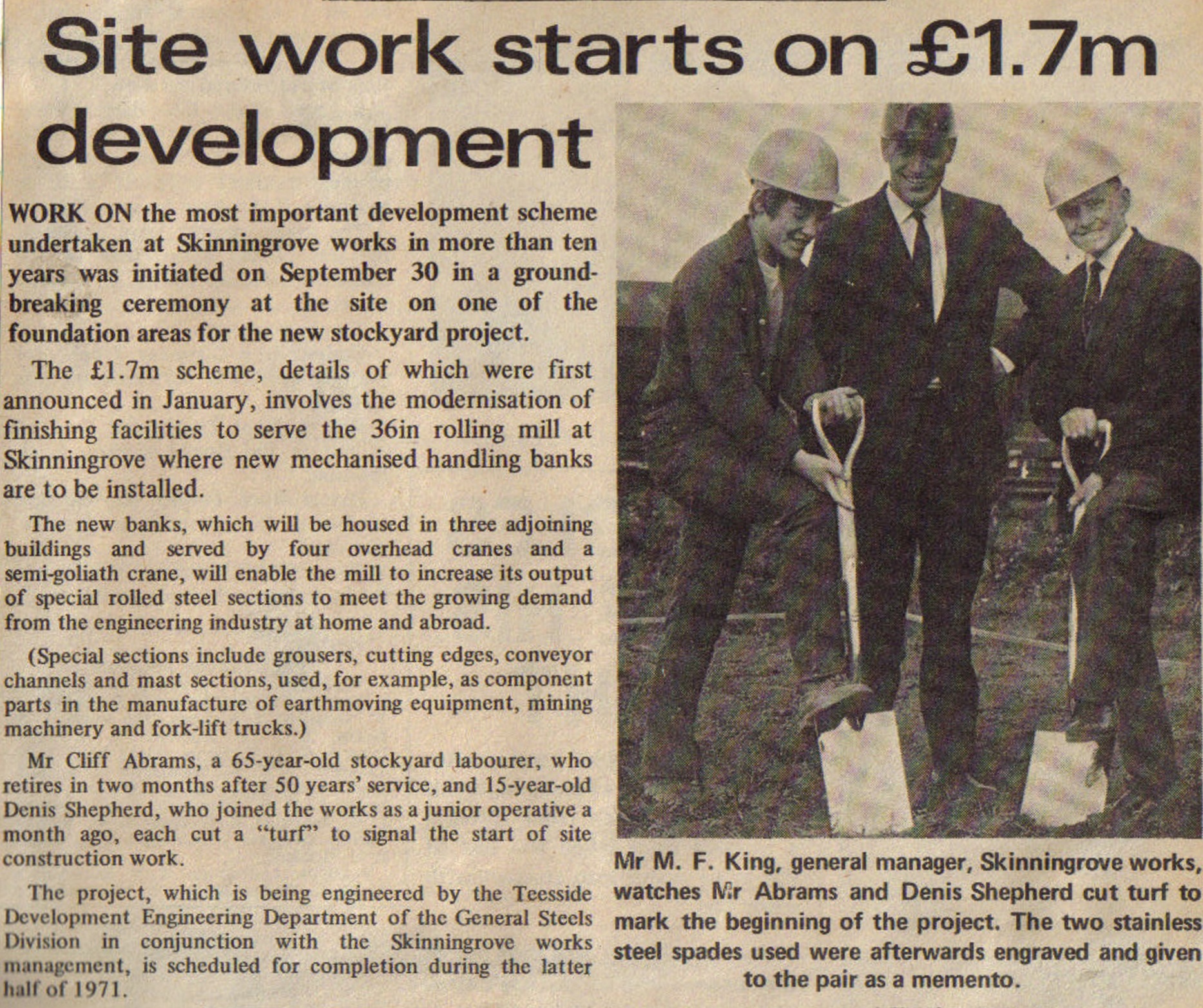
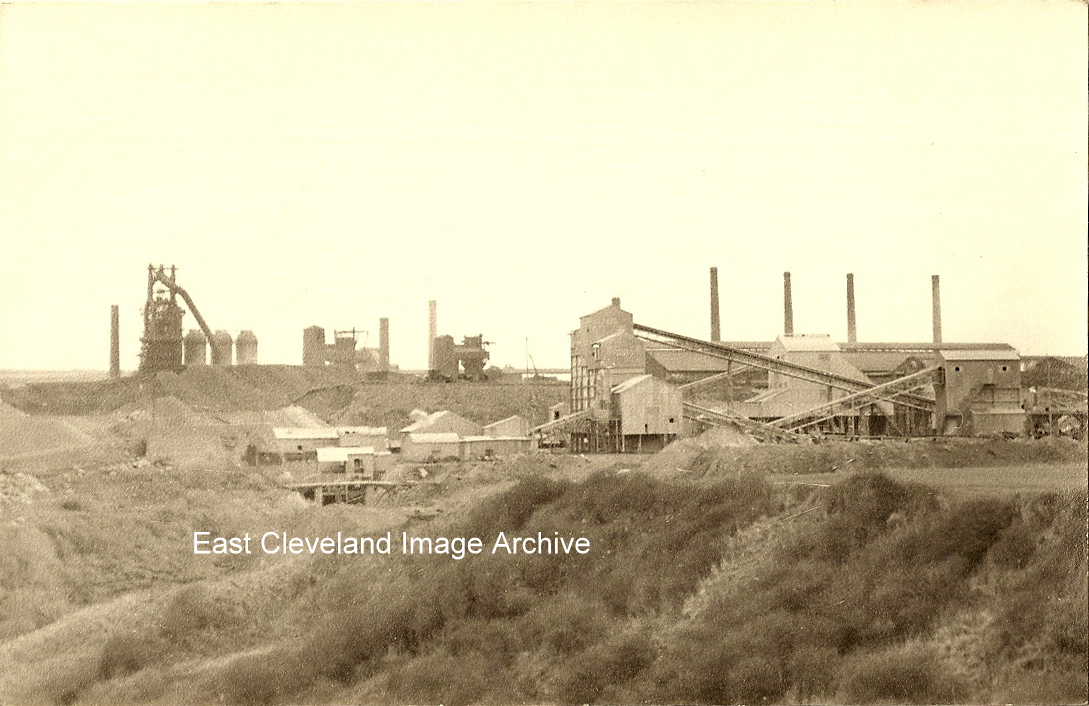
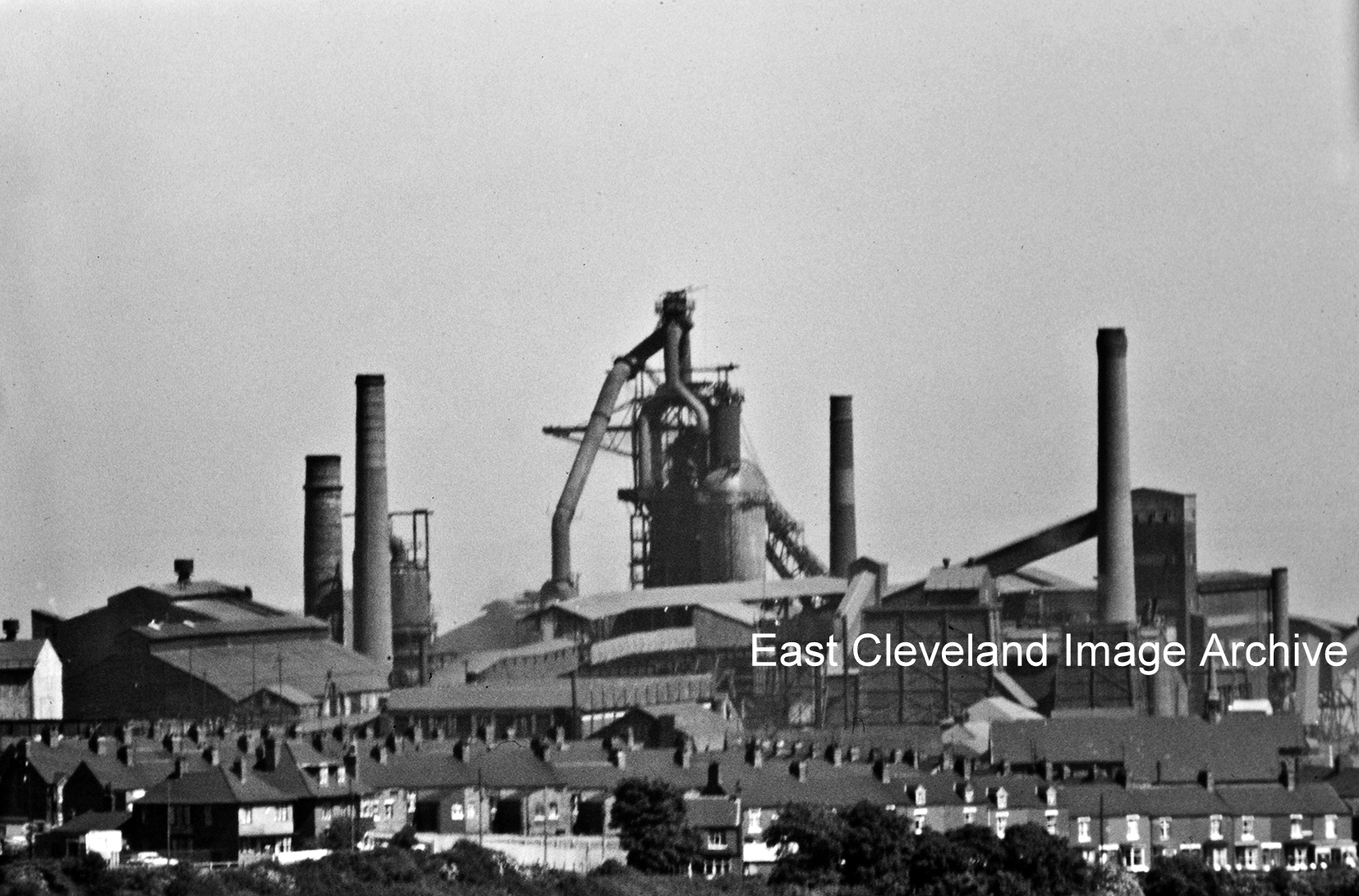




Recent Comments